The most popular filming locations in the UK
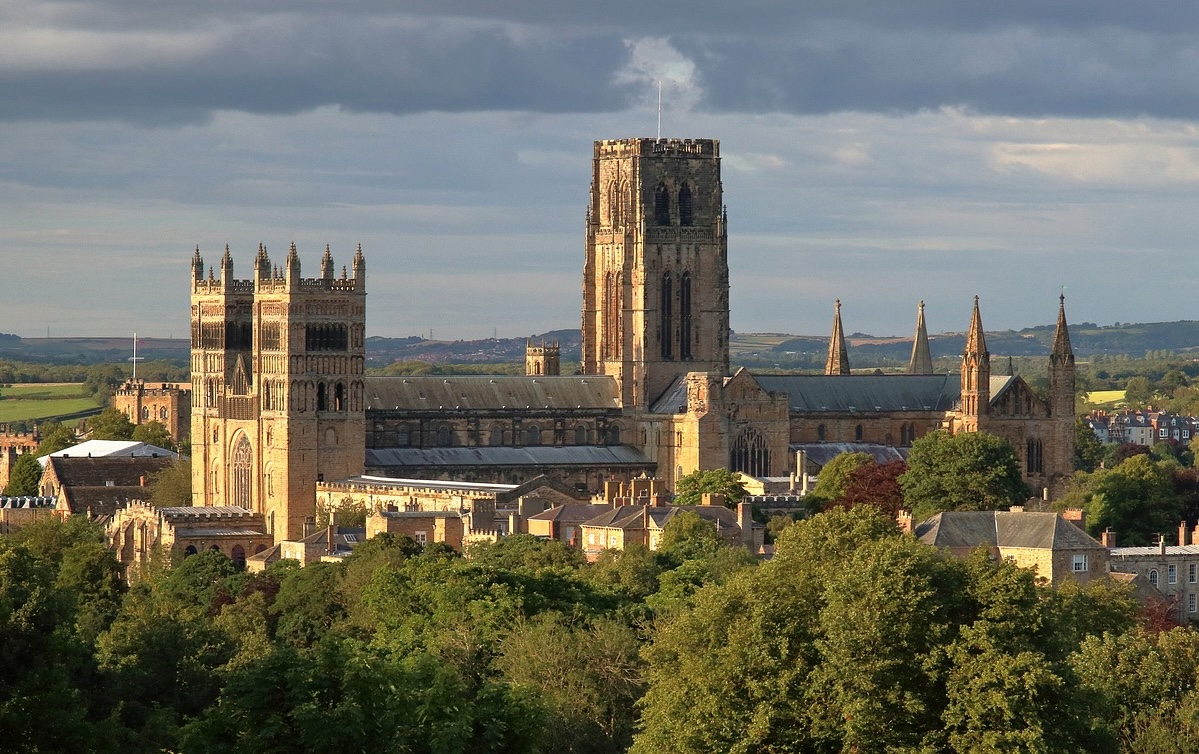
For those who have travelled to the UK or live in the UK, you know better than anyone just how beautiful its landscape, historical buildings, castles, and architecture are. The UK’s beauty isn’t a secret, and filmmakers have long used it as a prime location for movies, including big blockbusters. But what you may not know is that there are specific areas of the UK that tend to be favoured among filmmakers.
Let’s take a closer look at the most popular filming locations in the UK.
Merthyr Mawr Nature Reserve
If you were under the impression that the dunes in Lawrence of Arabia were found in the Arabian deserts, you’re in for a big surprise. The classic 1962 film was shot on location in the Merthyr Mawr Nature Reserve, which is just south of Cardiff in Wales. These massive sandy dunes, which look more like cliffs than sand dunes, could easily be mistaken for a desert landscape.
The largest dune, called The Big Dipper, is the second-largest dune in all of Europe, not just the UK. It stands at approximately 200 feet tall. The site even has a special designation as a Site of Special Scientific Interest in Bridgend.
Alnwick Castle
Here’s a location so popular that multiple movies and television series have used it. Alnwick Castle in Alnwick, Northumberland, was built in the 11th century and is an excellent example of Gothic architecture. Hundreds of thousands of tourists visit the castle and the adjacent Alnwick Garden yearly.
As for its claim to movie fame, Alnwick Castle has appeared in multiple Harry Potter films, Transformers: The Last Knight, and Downton Abbey. It’s most well-known as the exterior of Hogwarts School of Witchcraft and Wizardry.
Durham Cathedral
Another popular filming location that has appeared in multiple Harry Potter films is Durham Cathedral. This iconic landmark was also used in Avengers: Endgame, one of the highest-grossing movies ever.
Durham Cathedral is located in Durham and is the central church of the Diocese of Durham. Part of what makes it so striking is that it features a variety of architectural styles: Gothic, Romanesque, and Norman. It has 10 bells and houses some incredible relics. Construction of the cathedral began in 1093 and was completed in 1133, though additions were made up until 1490.
London’s King’s Cross
Historic railway stations around the world have a special charm. They often tell a story and can feel like a tourist attraction in their own right. That is certainly the case with London’s King’s Cross railway station.
This is the railway station where characters board the train to Hogwarts in the Harry Potter films. Other movies that have used the station include Mission Impossible – Rogue Nation and Batman Begins.
The station is located in the London Borough of Camden and originally opened in 1852.
Wilton House
One of the most iconic aspects of the Tomb Raider movie and game franchise is Croft Manor. Meant to be a stunning, sprawling manor, this is where Lara Croft trains. The UK had just the place for this fictitious manor, using Wilton House. The exterior and interior have been used by multiple movies and series over the years, with Tomb Raider being one of the biggest, but it also appeared in Bridgerton (the Royal Palace) and Johnny English Reborn.
Wilton House is in Wiltshire, near Salisbury, and is the official seat of the Earls of Pembroke. Originally a 9th-century nunnery, the house was built later. Wilton House features 21 acres of stunning natural parkland and even has a small river and bridge. The land and buildings were granted to Sir William Herbert by Henry VIII in 1544.
The Glenfinnan Viaduct
Harry Potter fans will recognise the Glenfinnan Viaduct thanks to its massive size and, frankly, its uniqueness. It appears in several of the Harry Potter movies and connects Mallaig and Fort William. The train that carried the young wizards to Hogwarts travelled along the Glenfinnan Viaduct, with the unmistakable curve that makes it so impressive on the big screen.
The Glenfinnan Viaduct is a railway that leads to the Glenfinnan Station in the West Scottish Highlands. The viaduct was built from 1897 to 1901 and is made of concrete. The viaduct spans an incredible 1,000 feet and is 100 feet from the ground at its highest point. The railway carries the West Highland Line.
Causeway Coastal Route
Located in Northern Ireland is the Causeway Coastal Route. This isn’t just a famous filming location – it’s also a must-see location for tourists. Tourists often embark on this driving route thanks to its views of the cliffs and the sea. There are even lookout points at various locations that are perfect for sightseeing and photos. If you were to drive, bike, or hike the causeway from end to end, you would see it spans from Belfast City to Derry.
As for what movies and shows it has been depicted in, some of the biggest have included Grace and Goliath and the Game of Thrones. Within Game of Thrones, both Winterfell and Dragonstone were located along the Causeway.
British Gaming Halls
We had to give this one an honourable mention because if you’ve watched a James Bond movie before, then you know that elegant gaming halls are a staple of the series. Filmmakers often highlight beautiful natural settings, but the allure of sophisticated gaming venues is equally compelling. Such locations, some of which appear in the casinos.com top casino analysis, contribute richly to the narrative ambiance of the films.
The Le Cercle room in London’s Les Ambassadeurs Club was the setting that inspired the glamorous scenes in Dr. No. Additionally, Crockfords Club featured in the 1967 installment, The Ritz Club appeared in Croupier (1998), Empire was showcased in Layer Cake, and Aspinall’s Club made an appearance in the TV show The Saint.
Just a drop in the bucket of popular UK filming locations
This is just a small look at the many popular filming locations in the UK. These locations are renowned for their natural beauty, history, and architecture to give viewers memorable on-screen moments. But as fabulous as these locations are in movies and television shows, nothing beats exploring them in real life.
The editorial unit










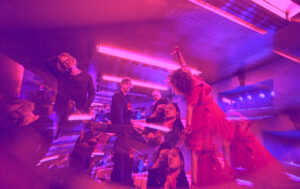
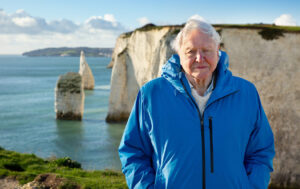
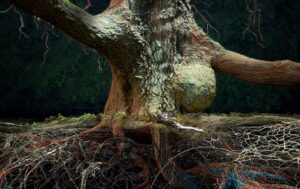

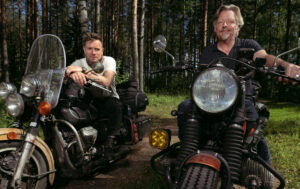

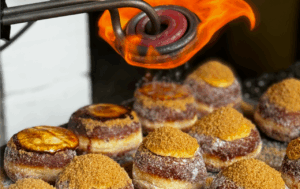


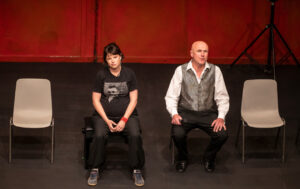





Facebook
Twitter
Instagram
YouTube
RSS